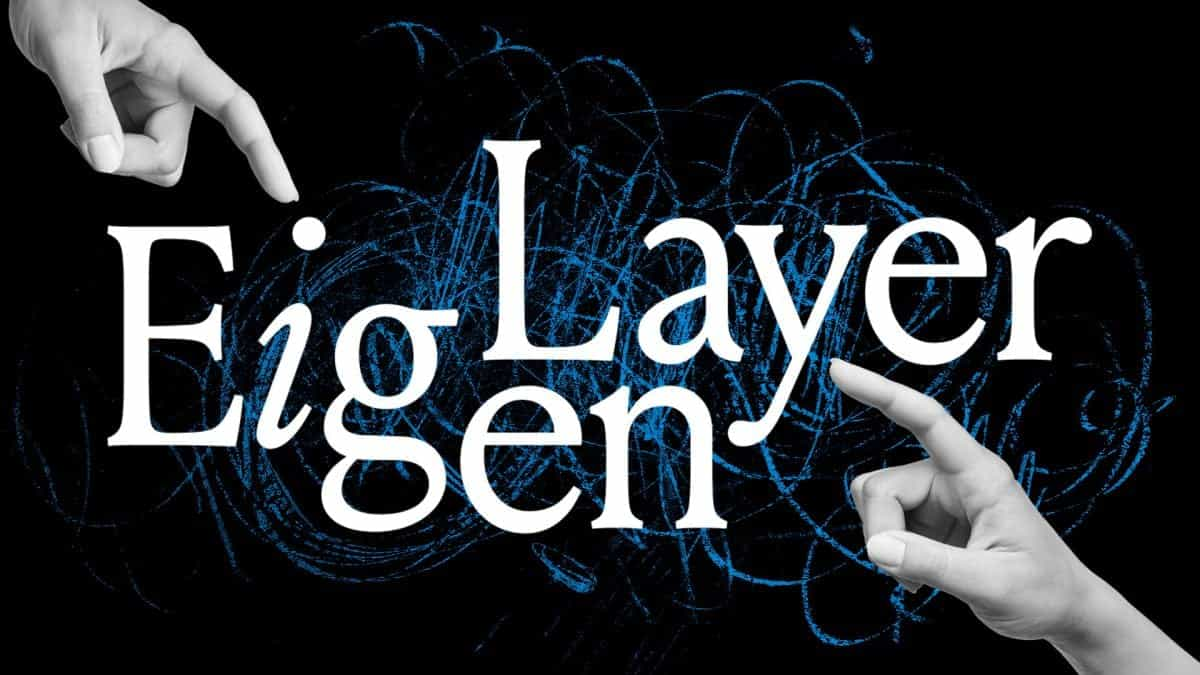Shapella, the first major upgrade on Ethereum since The Merge, is now live

Quick Take
- Ethereum’s core developers have implemented the Shapella upgrade through a hard fork.
- The highly-anticipated upgrade enables users and validators to withdraw their staked ETH on the network.

The Shapella upgrade on Ethereum has gone live.
The upgrade took place just before 6:30 p.m. ET, marking the first major upgrade since The Merge last year.
The hard fork implemented Ethereum Improvement Proposal (EIP) 4895, allowing users and validators to withdraw their staked ether (ETH) on the network. The developers will be monitoring for any potential issues with the upgrade's completion, as noted in a YouTube stream.
The upgrade was released on the mainnet at block height (or slot number) 6209536. In addition to the withdrawal mechanism, developers have optimized the network's gas fees for certain transactions, as previously noted by the core team on GitHub.
This event marks a significant change for Ethereum due to its potential impact on the ecosystem, including the unlocking of previously inaccessible funds. Now that withdrawals have been enabled, the network has completed the proof-of-stake transition cycle.
The impact of the latest Ethereum upgrade
With the withdrawal mechanism enabled after the Shapella upgrade, Ethereum is expected to provide users with greater asset management flexibility.
However, the release of ETH could result in short-term price fluctuations. Nonetheless, not all of the 18 million ETH ($33 billion) staked on the network will be available for withdrawal all at once due to limits on the amount that can be withdrawn.
The Shapella upgrade on Ethereum has introduced two types of withdrawals for staked ETH: partial and full. Partial withdrawals will automatically distribute ETH to validators, ensuring their balance remains at the necessary 32 ETH to maintain validator status. Full withdrawals, on the other hand, involve shutting down the validator and withdrawing the entire staked balance.
In the short term, the ability to access these previously locked funds could lead to price fluctuations. Yet with ether at a lower price now than when many users staked their funds, it's possible that these holders wouldn't want to sell at a loss. But that remains to be seen.
“Most ETH holders are underwater at the current market price, and most of these holders are committed to Ethereum long-term. We think the majority of withdrawn ETH may be restaked to new validators to compound rewards," said Alexander Esin, CEO of staking firm P2P.org, about the potential market impact.
Correction: updates to correct block height in fourth paragraph.
© 2023 The Block. All Rights Reserved. This article is provided for informational purposes only. It is not offered or intended to be used as legal, tax, investment, financial, or other advice.



